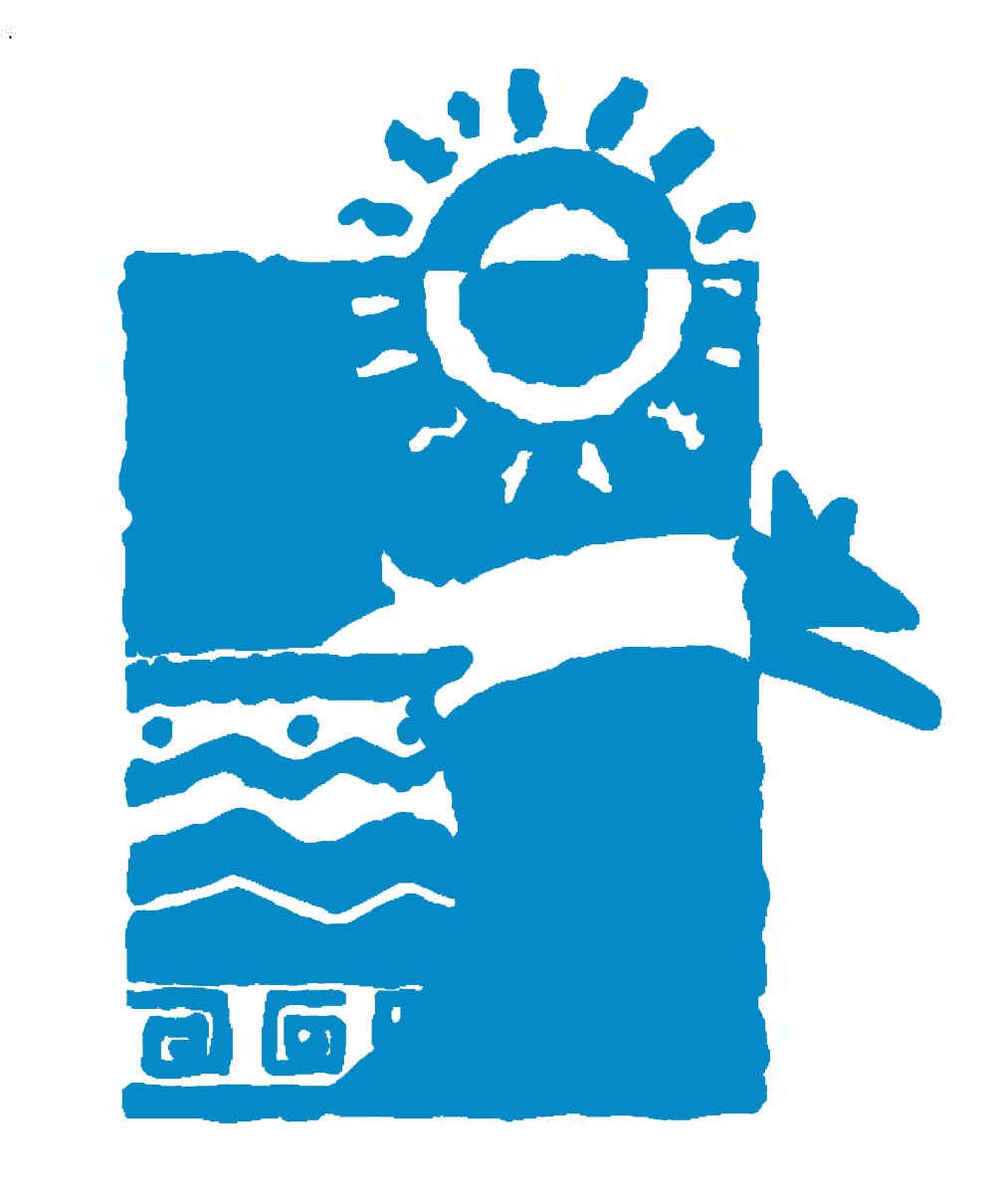[Source: Arizona Capitol Times. Article by Rebecca McClay, Cronkite News Service]

Sandy Bahr envisions this expanse of land near the McDowell Mountains remaining just as it is: a picturesque scene of large saguaros and desert brush.
Thanks to $23 million from a fund Arizona voters created in 1998 to preserve open spaces, Scottsdale plans to add about 2,000 acres of state trust land here to the McDowell Sonoran Preserve. To Bahr, director of the Sierra Club’s Grand Canyon Chapter, it’s money well spent.
But it could be one of the last such purchases receiving money from the Growing Smarter fund if voters approve a ballot measure in November.
The Legislature referred Proposition 301, also called the Land Conservation Fund Transfer, to have voters decide whether $123.5 million in state funds will be kept for preservation projects or siphoned into the general fund to balance the budget.
Bahr is among those opposing the measure, saying money for buying state trust land should stay intact.
“By redirecting these dollars, they hurt the local communities that were trying to conserve the land and they hurt conservation all over the state,” Bahr said. “They should keep their hands off it.”
It’s one of two proposals on the Nov. 2 ballot in which voters will have a direct say in how to balance the state’s fiscal 2011 budget, which took effect July 1.
The budget passed based on the assumption that voters would approve both Proposition 301 and Proposition 302, which would eliminate the First Things First early childhood health and development program. State law requires voter approval because voters created both programs.
Bahr said other measures like closing tax loopholes or scaling back spending in other departments are her preferred alternatives to balancing the budget.
Proponents of eliminating the Land Conservation Fund say the consequences of not balancing the budget – including the state receiving a downgrade on its debt rating from Moody’s Investors Service – are too severe to ignore. The downgrade from a Aa2 to Aa3 in July makes it more expensive for the government to borrow money.
“We can’t afford it,” said Sen. Steve Pierce, R-Prescott, who called the founding of the fund “well intended.” “We need the money many other places,” he said. “Buying open space is not high on the list of priorities.”
Rep. Rick Murphy, R-Glendale, said Arizona faces an unprecedented budget crisis.
“It is irresponsible to cut true necessities like public safety or basic K-12 education while continuing to spend money on non-essentials, no matter how good or important they might be,” Murphy said in an e-mail interview.
The Land Conservation Fund is administered by the Arizona State Parks Board. The money is allocated to communities on a dollar-for-dollar matching basis to purchase state trust land.
Proposition 301 opponents argue that the money, the only state funding source for land preservation, is critical for preserving the environment in the face of growth. They argue that unlike Proposition 302, Proposition 301 doesn’t have a provision that would require money taken from the fund to be used for a similar purpose.
Scottsdale has already received $3.3 million from the fund to help purchase a 400-acre parcel of land in the McDowell Mountain Regional Park, said Scottsdale Preserve Director Kroy Ekblaw, who didn’t take a position on the proposition.
“We have additional land we would like to acquire,” Ekblaw said. “If the revenue was available, we would certainly like to take advantage.”
Scottsdale could still purchase more land but not as much as if it had the matching funds, Ekblaw said.
Phoenix and Coconino County have also already applied to purchase state trust land parcels. According to a report from Arizona State University’s Morrison Institute for Public Policy, the applications could come to a halt if the measure passes.
Facts about Proposition 301 vote:
- Key Provision: Would transfer to the general fund $123.5 million from Land Conservation Fund voters created in 1998 to preserve open spaces.
- Trend: Along with Proposition 302, dealing with the First Things First early childhood development program, it would reallocate funds to shore up the state budget.
- The Fund: Matches municipalities’ land conservation efforts dollar-for-dollar to purchase state trust land.

